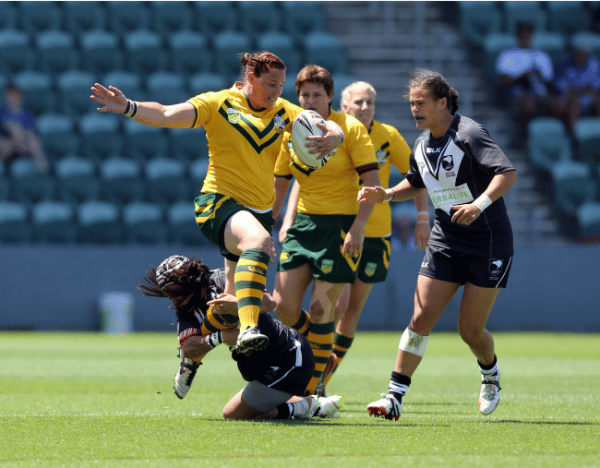

Steph Hancock chats to me over the phone, as she drives home from an eight-hour shift as a police officer. She was up early, having finished work by just after 2pm.
She’s heading home, she tells me, not to put her feet up, but to throw her stuff in a bag and head back out the door. She’s off to the gym.
Because when you work full time and juggle a professional sporting career on the side, your feet are only up when they’re sleeping. And when you’re sleeping? Well, you’re invariably woken early, or in bed late. After all, there are World Cups to train for and bills that need to be paid.
So is the life of a female athlete.
Hancock is 35, a professional Australian rugby league player, a police officer and a mum-of-one. (Yeah, that too.)
